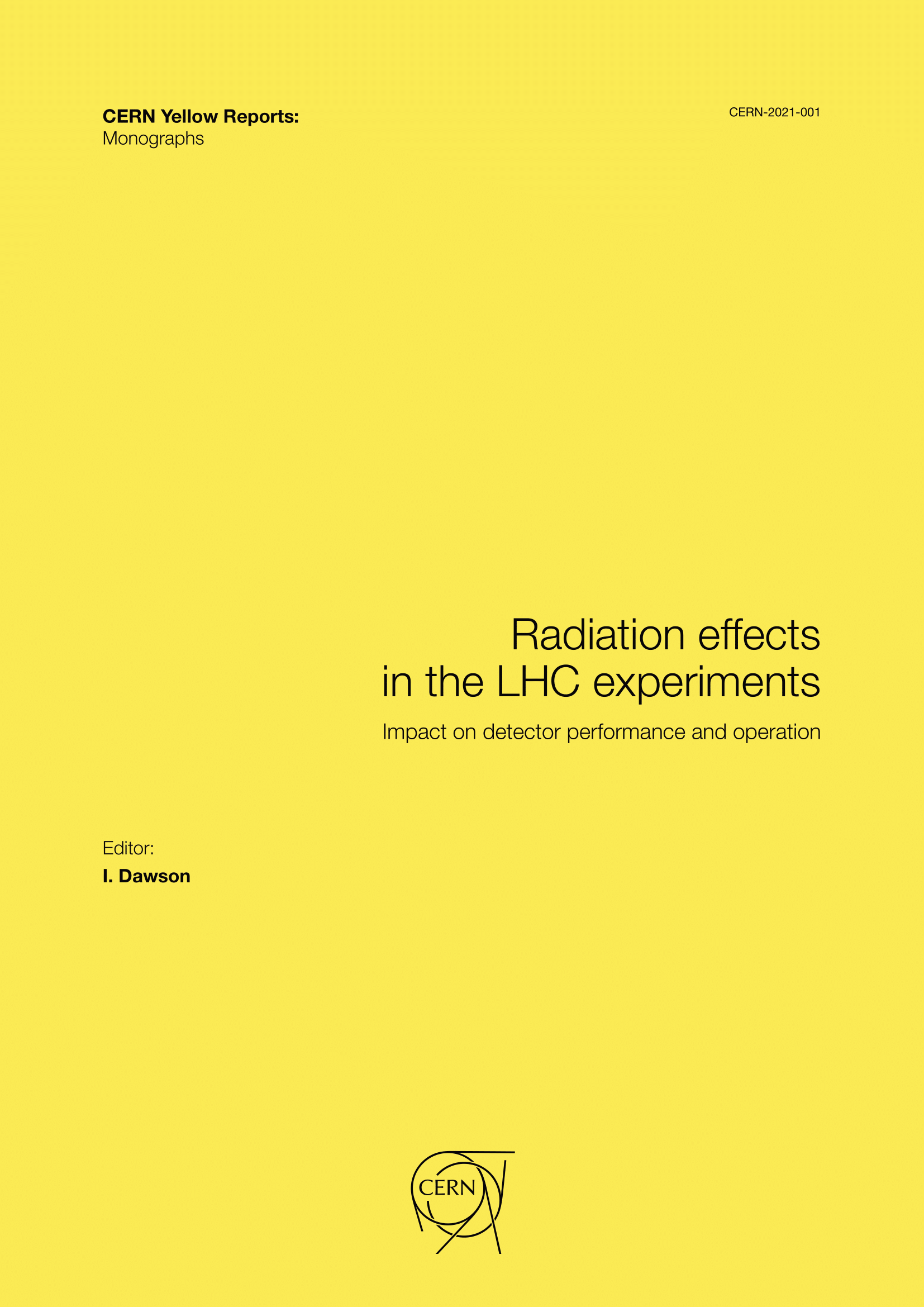Simulating radiation effects and signal response in silicon sensors
DOI:
https://doi.org/10.23731/CYRM-2021-001.123Abstract
Simulating the effects of radiation on signal response in silicon sensors is crucial for accurately predicting detector performance throughout the lifetime of the experiment. This, in turn, improves the reconstruction accuracy of proton–proton collisions and helps maintain the experiment’s physics reach. In what follows, the strategies implemented by the LHC experiments to correctly simulate the evolution of silicon tracking performance with luminosity will be presented.
Different implementations of sensor simulations are used by the large LHC experiments. In what follows, the implementations for ATLAS (Section 7.1), CMS (Section 7.2), and LHCb (Section 7.3) are described. In Section 7.4 the different strategies of the LHC experiments are compared.
Downloads
Published
Issue
Section
License
Copyright (c) 2021 CERN

This work is licensed under a Creative Commons Attribution 4.0 International License.
Authors who publish with this publication agree to the following terms:
- CERN retains copyright and publishes the work licensed under the Creative Commons Attribution License 4.0 that allows others to share the work with an acknowledgement of the work's authorship and initial publication in this series.
- Authors are able to enter into separate, additional contractual arrangements for distribution of the published version of the work (e.g., post it to an institutional repository or publish it in a book), with an acknowledgement of its initial publication in this series.
- Authors are permitted and encouraged to post their work online (e.g., in institutional repositories or on their website) prior to and during the submission process, as it can lead to productive exchanges, as well as earlier and greater citation of published work (See The Effect of Open Access).

